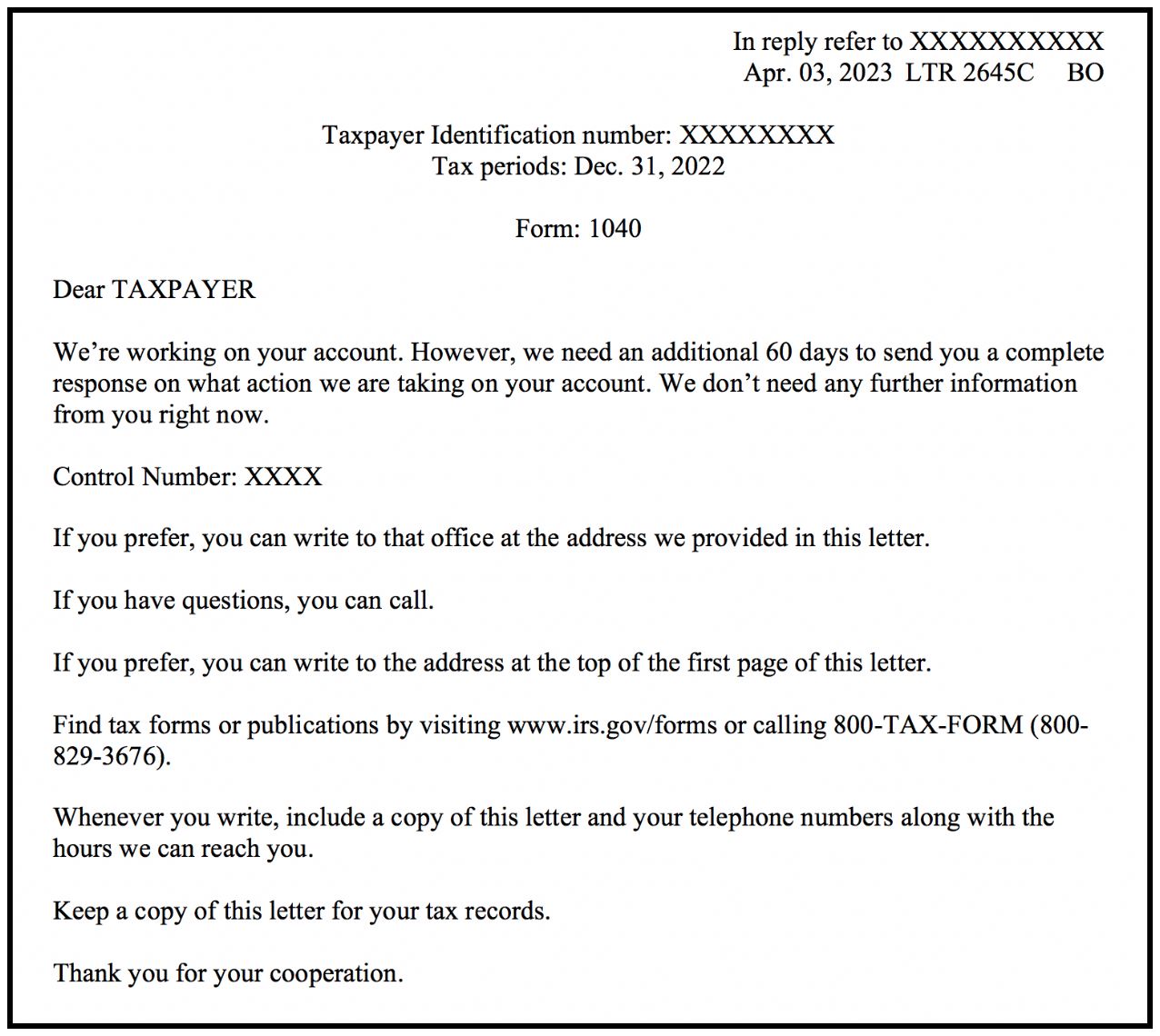Home>Finance>Activity Ratios: Definition, Formula, Uses, And Types


Finance
Activity Ratios: Definition, Formula, Uses, And Types
Modified: February 21, 2024
Learn everything about activity ratios in finance, including their definition, formula, uses, and types, to optimize your financial performance.
(Many of the links in this article redirect to a specific reviewed product. Your purchase of these products through affiliate links helps to generate commission for LiveWell, at no extra cost. Learn more)
Understanding Activity Ratios in Finance
When it comes to analyzing a company’s financial performance, there are several key metrics that investors and analysts use to gain insights. One of these metrics is activity ratios. Activity ratios provide a snapshot of how efficiently a company is using its resources to generate sales and manage its assets. In this article, we will dive into the definition, formula, uses, and types of activity ratios, giving you a clear understanding of their significance in the world of finance.
Key Takeaways:
- Activity ratios measure how efficiently a company manages its resources to generate sales.
- These ratios are crucial for investors and analysts to assess a company’s operational efficiency and financial health.
Definition of Activity Ratios
Activity ratios, also known as efficiency ratios or asset utilization ratios, provide valuable insights into a company’s operational efficiency. These ratios evaluate the effectiveness of a company’s management in utilizing its assets to generate sales and revenue. By analyzing activity ratios, investors can gain a deeper understanding of a company’s efficiency in managing its resources and its ability to turn assets into profits.
Commonly Used Activity Ratios
There are several activity ratios that analysts and investors commonly use to assess a company’s performance. Let’s take a closer look at some of the most widely used activity ratios:
- Inventory Turnover Ratio: This ratio measures how quickly a company sells its inventory within a specific period. A high inventory turnover ratio suggests efficient use of inventory and effective sales strategies.
- Accounts Receivable Turnover Ratio: This ratio evaluates how efficiently a company collects payments from its customers. A higher ratio indicates that the company is collecting payments promptly.
- Fixed Asset Turnover Ratio: This ratio assesses how effectively a company uses its fixed assets, such as property, plant, and equipment, to generate sales. A higher ratio implies efficient utilization of fixed assets.
- Total Asset Turnover Ratio: This ratio measures the company’s ability to generate sales from its total assets. A higher ratio indicates efficient utilization of all company assets.
Calculating Activity Ratios
To calculate activity ratios, you need to gather the necessary financial data from a company’s balance sheet and income statement. Here are the general formulas for the activity ratios mentioned earlier:
- Inventory Turnover Ratio = Cost of Goods Sold / Average Inventory
- Accounts Receivable Turnover Ratio = Net Credit Sales / Average Accounts Receivable
- Fixed Asset Turnover Ratio = Net Sales / Average Fixed Assets
- Total Asset Turnover Ratio = Net Sales / Average Total Assets
Importance and Uses of Activity Ratios
Activity ratios play a crucial role in financial analysis and decision-making. Here are some key reasons why activity ratios are important for investors and analysts:
- Evaluating Efficiency: Activity ratios provide insights into a company’s efficiency in utilizing its resources. By comparing these ratios with industry benchmarks or historical data, investors can identify potential improvements or inefficiencies in a company’s operations.
- Assessing Financial Health: Activity ratios help evaluate a company’s financial health by providing an indication of its ability to generate revenue and manage its assets effectively. A company with higher activity ratios is generally considered healthier and more financially stable.
- Identifying Trends: By analyzing activity ratios over time, investors can identify trends and patterns in a company’s operational efficiency. This information can be valuable in making informed investment decisions.
Conclusion
Activity ratios are powerful tools that allow investors and analysts to gain insights into a company’s operational efficiency and financial health. By evaluating how effectively a company manages its resources, investors can make informed decisions about whether to invest in a particular company. Remember to consider other financial indicators and industry-specific factors when interpreting activity ratios to get a comprehensive view of a company’s performance.














